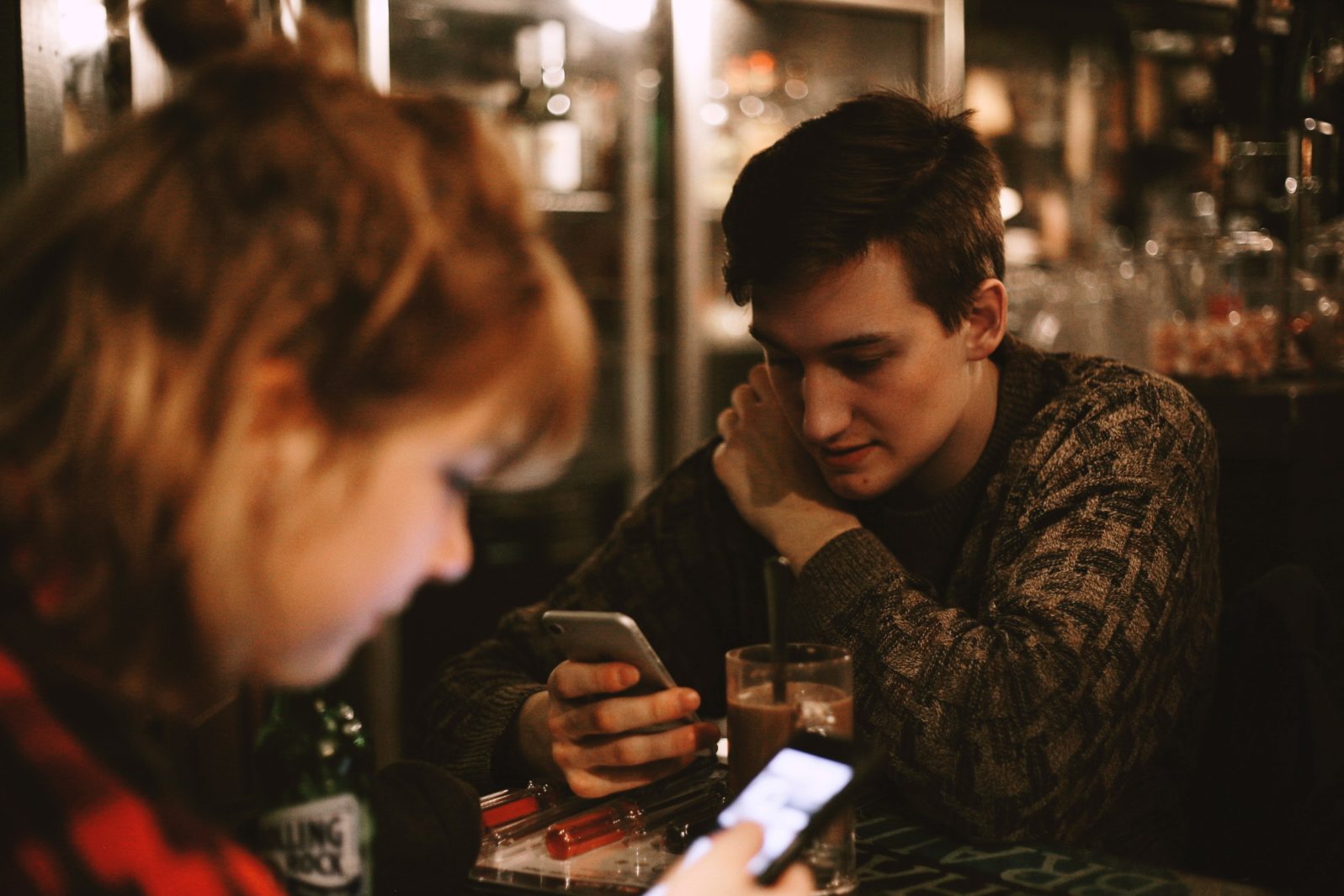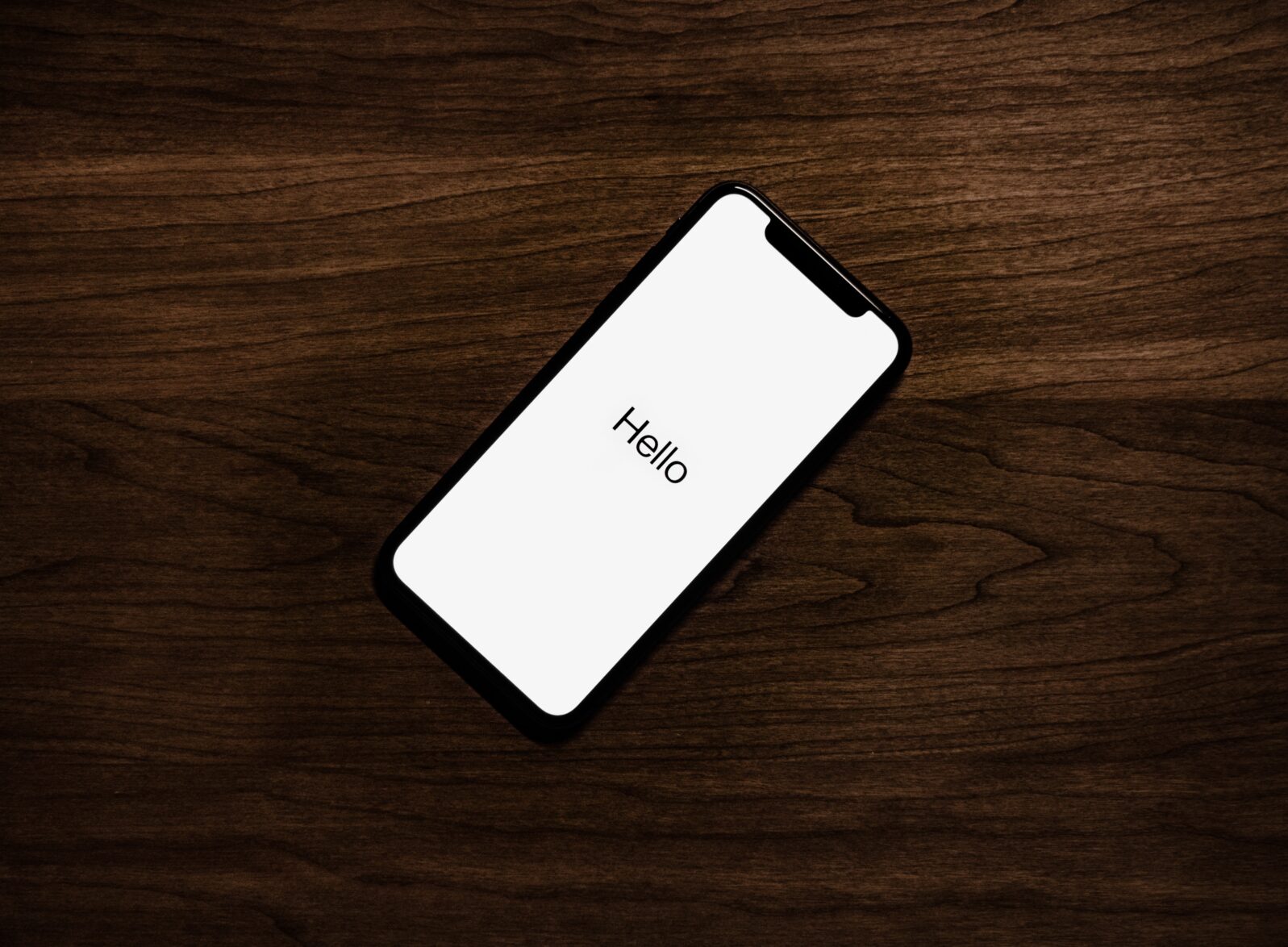The Smartest Phone Is Silent in Class
While academics debate smartphones’ effect on teens, some hard facts begin to emergeConcerns raised about the effect of smartphones on teens have attracted skepticism as well as attention. University of San Diego psychologist Jean Twenge has tracked the rise in teen depressive symptoms and loneliness from 2012 onward, after a two-decade decline. In her 2017 book iGen, she traced these ills to the concurrent smartphone saturation. Similarly, MIT sociologist Sherry Turkle argued in Reclaiming Conversation (2015) that the devices were exacting a steep toll in terms of people constantly choosing to interact with a variety of sources other than those present at the same table.
But experts cited in a collection of articles in Scientific American1, published as an e-book earlier this year, highlighted a number of uncertainties and emphasized a lack of consensus on the harm.
For example, Holly Shakya, also a psychologist at the University of California, San Diego, notes that the suicide problem mainly affects young women and “Some researchers say they can intuitively see possible reasons for this, although they are unsure of any definite factors.” (Kindle 389-393). One pseudonymous teen, quoted in Scientific American, does offer one definite factor: “’I remember in like fourth grade, we didn’t really have cell phones and [gossip] would just die in school that day,’ she says. ‘with texts and social media, you can discuss it when you’re home, in the car, anytime. She adds people will bash each other online over something that happened in school or the way somebody looked one day. And it just drags on and on and on, she says.”2 In short, social media seem to prolong and intensify conflicts beyond the endurance of many.
But much of that is hard to prove, Shakya notes. For example, Twenge’s study relied on self-report and did not address whether gaming or social media use was linked more closely to depression. Or whether already depressed people spend more time on social media. Another critic, mental health services researcher Kelly Aschbrenner at Dartmouth College, notes that Twenge’s study did not establish exactly how teens might have been using their devices.
While Twenge correlates increasing use of social media, gaming and Internet browsing with an increase in reported symptoms of teen depression and suicidal behavior in Clinical Psychological Science (November 2017, open access), other sources claim that social media might be a good thing for depressed teens.
So the academic debate drags on. However, some relevant facts are, for practical purposes, certain. First, teenage brains are different:
As such, the prefrontal cortex is a little immature in teenagers as compared to adults; it may not fully develop until your mid-20s [Kotulak]. And if you don’t have a remote control to call the shots in the brain, using the other brain structures can become more difficult. Imaging studies have shown that most of the mental energy that teenagers use in making decisions is located in the back of the brain, whereas adults do most of their processing in the frontal lobe [Wallis]. When teenagers do use the frontal lobe, it seems they overdo it, calling upon much more of the brain to get the job done than adults would [Powell]. And because adults have already refined those communicating synapses, they can make decisions more quickly.
Adult brains are also better wired to notice errors in decision-making. While adults performed tasks that required the quick response of pushing buttons, their brains sent out a signal when a hasty mistake was made. Before 80 milliseconds had passed, adult brains had noticed the blunder, but teenage brains didn’t notice any slip-up [Monastersky]. Molly Edmonds, “Are teenage brains really different from adult brains?” at How Stuff Works

In other words, in the hyper world of social media, teens are at far greater risk of making bad decisions, without realizing it, than adults are.
So what if we focus on a subject more easily measurable than emotional well-being?: grades. A consensus seems to be growing that students get better grades when separated from smartphones in learning environments.
In a 2015 Centre for Economic Performance study in Britain, researchers found that a school smartphone ban improved the academic performance of students in the bottom quarter of the test group significantly (14%) in high stakes exams.
CNN Money was blunt about the results at the time: “Do you want your children to do better in exams? Then take away their smartphones. (Sorry, kids!)” Researchers elaborated, “We found the impact of banning phones for these students equivalent to an additional hour a week in school, or to increasing the school year by five days.”
Significantly, the worst off students benefited most from the reduced distraction. But even students who do not use the devices themselves can suffer worse grades where they are prevalent, as a team of psychologists discovered when they conducted a test in 2018 featuring “device days” and “non-device days”:
Students did five percent better on sections of the test that covered material from non-device days. The difference was even bigger for the class’ final exam. Here, students did 13 percent better on test sections that covered non-device days. That’s the difference between an A and a B, or a B and a C.
Glass and Kang then looked at whether it was only the students using their phones or laptops who took a hit on their grades. Did students who chose not to use devices, even when they could have, perform better on the tests than their device-using classmates? Surprisingly, no. All students got worse grades for material taught when devices were permitted — even those who did not use their phones or computers. Alison Pearce Stevens, “Phones in the classroom hurt everyone’s grades” at Science News
The paper is open access.
A ban on smartphones in classrooms might be easy to enforce because the evidence supports, rather than contradicts, accepted literature on how students learn best. A ban would also narrow the public focus on other bad effects. For example, when it is clear that a teen’s emotional distress is caused by Facebook “friends” rather than by poor grades due to smartphone use in class, discussing remedies becomes much easier.
Is there an analogy to smoking? After smoking in public buildings was banned in many jurisdictions, most problems caused by smoking became the problems, specifically, of smokers, not of everyone who lived amid the smoke. The resulting tighter focus on health issues for smokers is associated with an overall decline in smoking. We might hope for a similar overall decline in inappropriate smartphone use.
—-
1 In Angus Chen, “Social Notworking: Is Generation Smartphone Really More Prone to Unhappiness?” Originally published: Scientific American Mind 29( 2); 18-21 (March/ April 2018). Scientific American. Your Brain in the Smartphone Age] (Kindle Locations 357-362).
2 Chen, ibid. Scientific American. Your Brain in the Smartphone Age (Kindle Locations 378-382). Scientific American.
See also: Quell the cell and the kids do well
